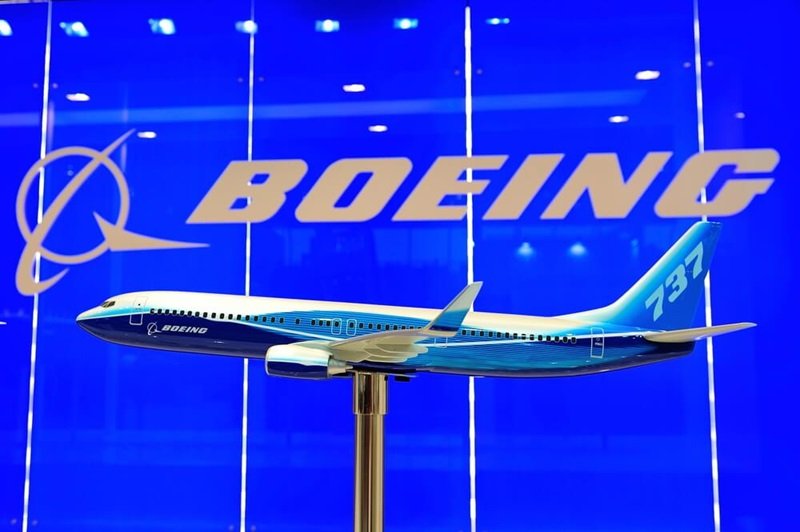Boeing’s 737 MAX: Unraveling the Design Flaws and Trust Erosion.
Introduction
In recent years, Boeing, once revered for its engineering prowess, has faced a series of crises that have severely impacted its reputation. The most glaring of these is the debacle surrounding the Boeing 737 MAX. This article delves into the reasons behind Boeing’s repeated mistakes, focusing on the design and construction flaws that led to the 737 MAX crisis. Let’s explore the roots of this trust erosion and the lessons it holds for the aviation industry.
1. The 737 MAX: A Troubled Journey
1.1 Background
The Boeing 737 MAX was intended to be an upgraded version of the highly successful 737 series, promising improved fuel efficiency and performance. However, a series of unfortunate events unfolded, leading to two fatal crashes—Lion Air Flight 610 in 2018 and Ethiopian Airlines Flight 302 in 2019—resulting in the loss of 346 lives.
1.2 Design Flaws
1.2.1 Maneuvering Characteristics Augmentation System (MCAS)
The MCAS, designed to prevent stalls, became the Achilles’ heel of the 737 MAX. It relied on a single angle-of-attack sensor, which proved disastrous when faulty data triggered repeated nose-down commands during critical flight phases. Boeing’s decision to rely on a single sensor without adequate redundancy was a grave mistake.
The Boeing 737-MAX was designed with the larger Leap 1B engine. Due to ground clearance issues, the larger engine had to be placed further forward and higher than previous 737 models.
1.2.2 Pressure to Compete
Boeing faced intense competition from Airbus, particularly with the A320neo series. To keep pace, Boeing rushed the 737 MAX development, leading to shortcuts and compromises. The pressure to deliver swiftly and inexpensively compromised safety and thorough testing.
2. Cultural Drift and Leadership Failures
2.1 Acquisition of McDonnell Douglas
In 1997, Boeing acquired McDonnell Douglas, a company with a different ethos. While Boeing historically prioritized engineering excellence, McDonnell Douglas focused on cost-cutting and incremental upgrades to existing models. This cultural clash seeped into Boeing’s DNA, impacting decision-making and safety.
2.2 Relocation of Headquarters
In 2001, then-CEO Philip Condit moved Boeing’s headquarters from Seattle to Chicago for tax incentives. This physical separation from engineering centers disrupted communication and alienated engineers. The shift from an engineering-centric culture to a business-oriented one had lasting consequences.
3. Regulatory Oversight and Transparency
3.1 FAA’s Role
The Federal Aviation Administration (FAA) plays a critical role in certifying aircraft. However, during the 737 MAX certification process, the FAA relied heavily on Boeing’s self-certification. The lack of independent oversight allowed design flaws to slip through the cracks.
3.2 Lack of Transparency
Boeing’s lack of transparency regarding the MCAS system and its software updates further eroded trust. The company failed to adequately inform pilots and airlines about critical changes, contributing to the tragic accidents.
4. Rebuilding Trust
4.1 Corrective Measures
Boeing must prioritize safety over competition. Strengthening engineering rigor, enhancing transparency, and fostering a culture of openness are essential steps. The 737 MAX’s recertification process must involve rigorous third-party assessments.
4.2 Restoring Reputation
Boeing needs visionary leadership committed to engineering excellence. Rebuilding trust requires acknowledging past mistakes, learning from them, and demonstrating unwavering commitment to safety.
The Boeing 737-9(MAX) is certified to carry 220 passengers. If the full capacity is configured, then the escape doors just behind the wings need to be operational. However, if the aircraft is configured to carry 189 or less passengers, then the door is bolted shut. Internally it cannot be seen as a normal wall panel covers it. On the exterior it can be seen as shown above.
The 737-9 Door Plug Problem
Recently, Boeing faced yet another quality issue related to the 737 MAX series. Preliminary inspections of Boeing 737-9 exit door plugs at United Airlines and Alaska Airlines revealed loose bolts and other potential installation problems. These findings could be linked to the in-flight separation of a similar type of panel from an Alaska aircraft on January 5, 20241. The door plug incident raised concerns about the quality control procedures followed by Boeing and its suppliers.
While this specific issue is not an immediate safety threat, it underscores the need for Boeing to address manufacturing flaws promptly. The company must ensure that all components, including door plugs, meet rigorous standards before delivery.
Conclusion
The Boeing 737 MAX saga serves as a stark reminder that engineering decisions have real-world consequences. By addressing cultural drift, improving transparency, and embracing rigorous safety practices, Boeing can regain its lost trust and ensure safer skies for all.
References:
George, B. (2024). Why Boeing’s Problems with the 737 MAX Began More Than 25 Years Ago. HBS Working Knowledge.
The Boeing 737 MAX: Lessons for Engineering Ethics. Springer



